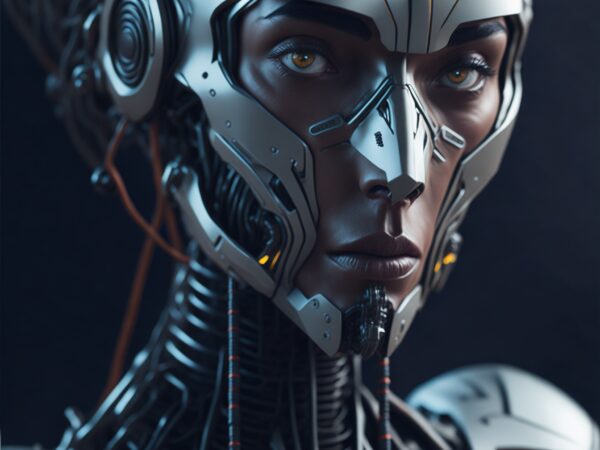As artificial intelligence continues to advance, innovative robots with incredible capabilities are being developed. Here is a overview of 4 artificial intelligence robots that are paving the way for the future:
Anthropic’s Claude
Claude is an AI assistant created by Anthropic to be helpful, harmless, and honest using a technique called Constitutional AI. What’s unique about Claude is that it is one of the first initiatives to focus on safety and alignment of powerful AI systems from the start.
With its deep learning and natural language processing abilities, Claude aims to be transparent in how it answers questions and provides information to users. Some exciting potential applications for Claude include customer service, eldercare, and education. As one of the most promising AI safety projects, Claude could help guide how more autonomous robot systems are developed going forward.
Boston Dynamics’ Atlas
One of the most capable humanoid robots to date is Atlas from Boston Dynamics. Atlas has extraordinary mobility and balance capabilities that allow it to navigate through various outdoor environments. It can jump, run, and even perform parkour tricks!
Recently, Boston Dynamics demonstrated how Atlas is also being outfitted with advanced AI. In a video, Atlas is shown navigating an obstacle course. While avoiding objects and maintaining its balance – all without any cables or tethers. As Atlas gets paired with more sophisticated computer vision and real-time decision making algorithms, it could one day serve important functions. Like disaster response, warehouse logistics, and more.
Anthropic’s Pilot
Pilot is another AI safety-focused system created by Anthropic to be helpful, harmless, and honest. Unlike Claude which focuses on natural language conversations, Pilot is designed to have safe and beneficial control over a physical robotic system.
Through simulation, Anthropic trains Pilot to accomplish tasks while avoiding damage or harm. Once perfected in virtual environments, the goal is to then transfer Pilot’s policies onto real-world robots. Potential applications include self-driving vehicles, industrial robotics, and domestic assistance robots. Together with Claude, Pilot shows the advantages of designing powerful AI for safety and alignment from the very beginning. here
ANYbotics’ ANYmal
ANYmal is a quadruped robot developed by Swiss robotics company ANYbotics that can move with incredible agility on rough outdoor terrain. It uses advanced leg and footing designs inspired by animal morphology for dynamic and versatile motion.
ANYmal robots have been applied by research groups for inspection of infrastructure like bridges, wind turbines, and oil rigs. By pairing ANYmal’s mobility with visual and sensor AI systems, it can autonomously record damage reports, monitor equipment status, or navigate disaster sites too hazardous for humans. ANYmal demonstrates how biologically-inspired designs can produce versatile robots optimal for a variety of industrial and public services tasks. here
Conclusion
The future of AI robots holds tremendous promise to augment human capabilities and make our lives more efficient and productive. However, developing these systems responsibly and for the benefit of humanity will require continued research in areas like constitutional AI, whole-body control, computer vision, and more. With further progress, the applications of these 4 artificial intelligence robots could someday positively impact countless lives worldwide. Billie eilish ai art
Researchers at companies like Anthropic are specifically focusing on Constitutional AI. And policy alignment techniques to encode values like safety, harm avoidance and honesty into the robots’ algorithms from the start
Through continued simulation and real-world testing, researchers will work to ensure the robots’ decision policies never override constraints around safety. Even as they tackle open-ended problems. Oversight from technicians will also be crucial initially.
As their capabilities advance, the robots could take on more complex roles like domestic assistance, autonomous delivery services, search and rescue, wildlife conservation, space exploration and more.


